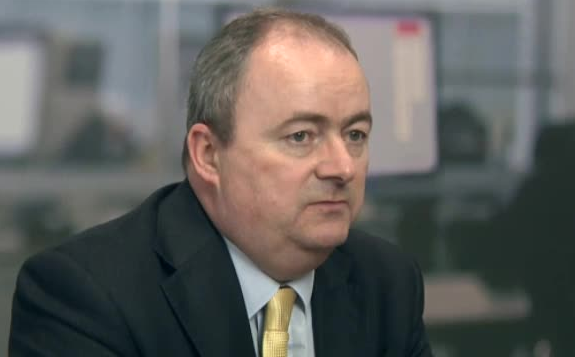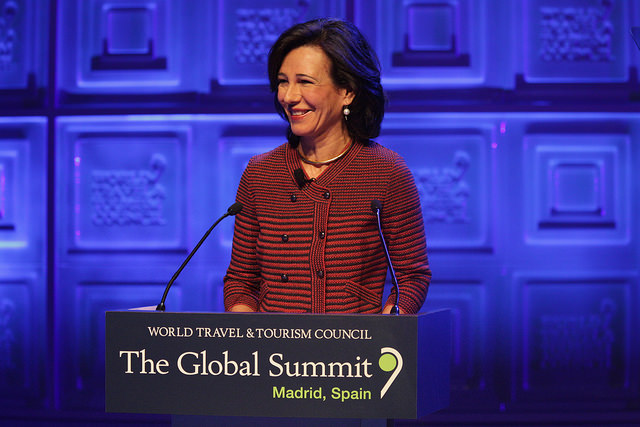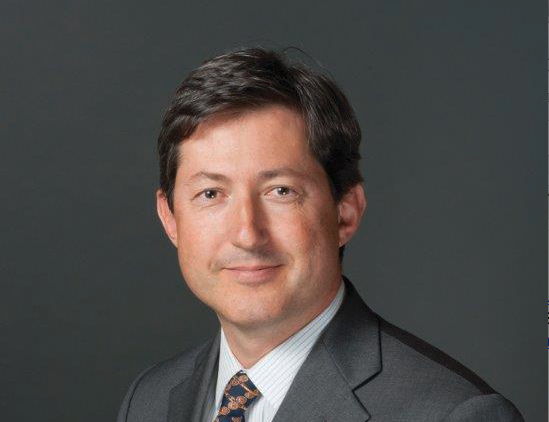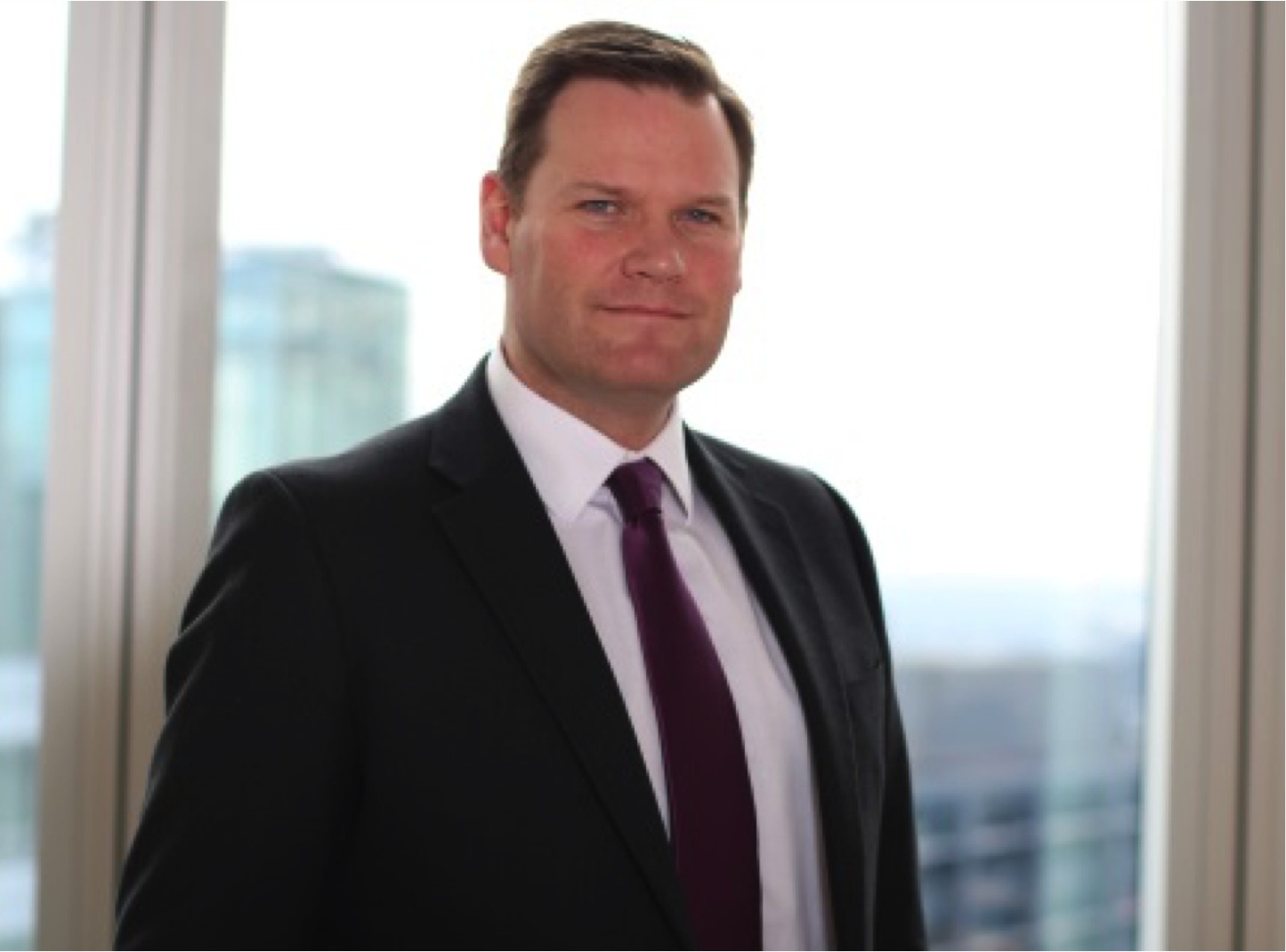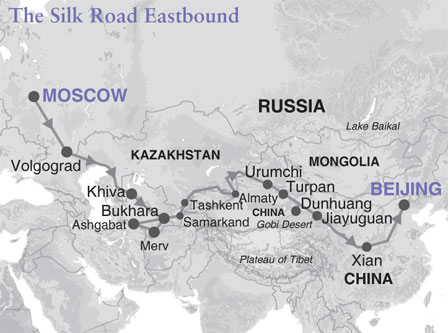All-Consuming Asia: A Retail Revolution Story
| For Fórmate a Fondo | 0 Comentarios

Did you know that Chinese online shoppers spent some $5.7 billion on a single day in November last year; that more and more well-heeled Indian consumers prefer to buy their tea from a pharmacy; or that urban Thais visit a hypermarket at least once a week and spend around half their monthly bills on groceries?
For most of us this is the sort of random information usually reserved for a pub quiz, but for fund managers these are valuable insights into consumer behaviour that reflect some of the changes that have occurred in Asia over recent years.
China’s meteoric rise has changed the world from the price we pay for consumer goods, to the global demand for natural resources, and even the flow of international capital. Much has been written about how policymakers there are promoting domestic consumption as a future driver of growth, but in fact the nation’s consumers have been flexing their muscles for some time.
E-commerce crazy China also happens to be the world’s biggest smartphone market with some 98.8 million shipped in the first three months of this year alone. The country is the world’s biggest car market and, with India, vies for the title of the world’s biggest market for gold.
However, it’s easy to get overly fixated on China. India is another country where reform is on the agenda and where a growing urban middle class is changing the way people spend their money. This is important because people who live in cities tend to earn and spend more.
While only three-in-10 Indians are classified as ‘urban’ in census statistics, urban consumers account for more than 70 per cent of the market for so-called fast moving consumer goods (FMCGs). These consumers are developing new patterns of retail behaviour.
For example, pharmacies have emerged as the fastest growing ‘old economy’ sales channel for FMCGs. Chemists attract a more upmarket customer who seems to prefer buying packaged teas, fruit juices and healthy foods from a man in a white lab coat.
Elsewhere, the 10-nation Association of Southeast Asian Nations, better known as Asean, has developed into something resembling a single market of some 625 million consumers. This has helped the region to emerge quietly from China’s giant shadow.
There has been a shift away from raw materials extraction towards economic activities further up the value chain. Where China talks of rebalancing, Asean has mainly found a happy medium of exporting and recycling wealth at home in the form of growing consumer demand.
Populations are young
Incomes have grown from a low base and there is a huge pent-up demand for housing, consumer durables, transport and banking services. Populations, as is common throughout the emerging markets, are young.
Domestic consumption accounts for around 70 per cent of economic growth in the Philippines, and has done so for some time, according to Jaime de Ayala, chief executive and chairman of Ayala Corp, the country’s oldest conglomerate. Remittances from overseas Filipinos have been a strong driver of middle income consumer markets such as telecoms, real estate and other services.
Meanwhile, the investment case for Indonesia, Asean’s biggest member, is closely tied to its population of some 254 million people. Over half of all Indonesians live in cities and this number increases by some 300,000 every year.
What makes all this even more attractive to us is that consumer businesses aren’t subject to stifling government controls, as tends to be the case with more ‘strategic’ sectors such as defence, utilities or aviation. This means competition exists and innovation can follow.
Clearly not everything is perfect. For one, Chinese growth is decelerating. This may be a good thing in the long run because double-digit growth rates were, in hindsight, unsustainable. But in the short term the whole world suffers.
Asia is struggling to regain momentum in part because of its reliance on Chinese demand. While growth rates are still higher than in other parts of the world, corporate earnings are falling, which may affect jobs and wages.
In particular, Asian economies that are more reliant on foreign investment are being penalized by indiscriminate capital outflows from the region. However, there are lots of people in Asia who are getting richer. Many have a disposal income for the first time in their lives and want to spend this money. The most successful companies have already figured out a way to tap into these fundamental changes.
While Asia must overcome many immediate challenges, an investor would do well to remember the longer term trends that are changing the lives of billions of people across the region every day. That’s because these changes will end up making someone some decent money.

